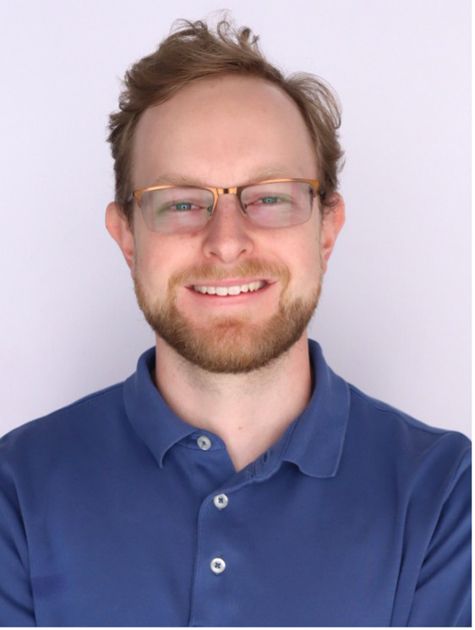Early Career Scientist Spotlight
Dr. Christopher Krier (he/him/his)
Atmospheric Physicist
Ionosphere, Thermosphere, Mesosphere Physics Laboratory (675)
Did you always know that you wanted to study atmospheric physics?
No. I started at the undergraduate physics program at Clemson University believing that I would pursue research in a different field of physics. However, during my second year in the program I learned about the fascinating research conducted by the atmospheric and space physics group at Clemson. The awe-inspiring natural phenomenon (such as the aurora, gravity waves, and sprites), as well as the societal consequences of this field of physics (space weather as a newsworthy example), really captivated me as a student. I asked several faculty members if they had an opening for a summer research assistantship. Professor Jens Oberheide, a specialist in the empirical modeling of atmospheric tides and analysis of spaceborne remote sensing data, hired me the following summer, and the rest is history.
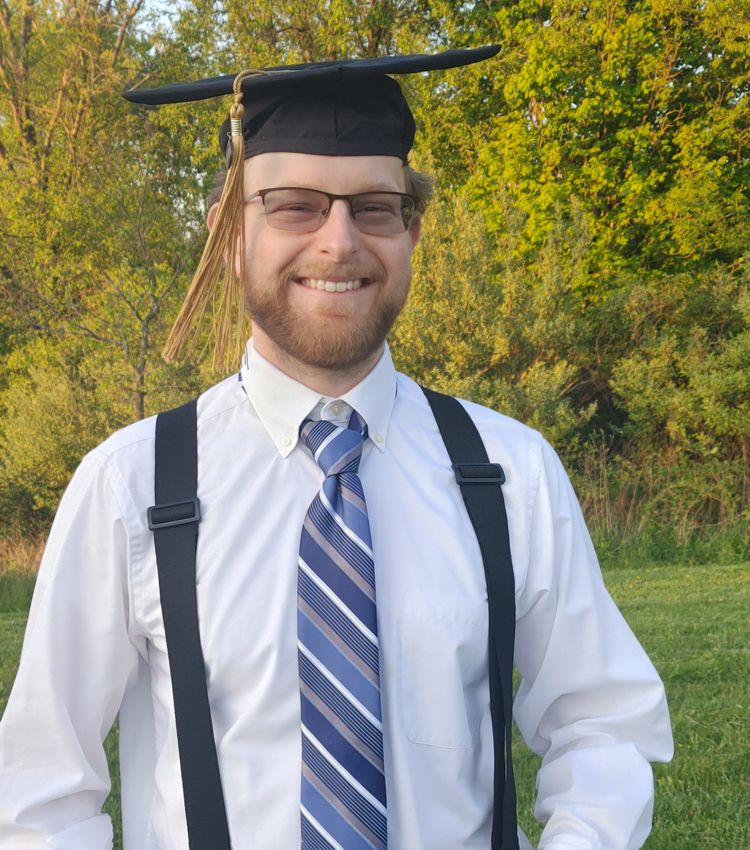
Credit: Jessica Vance
How did you end up working at NASA Goddard?
Dr. Guiping Liu, a NASA scientist and collaborator of my doctoral thesis advisor Professor Scott England, encouraged me to apply to the NASA Postdoctoral Program (NPP). We first met at a conference in Austin, Texas towards the end of my Ph.D. Because we shared common research interests in studying the role of atmospheric waves in the variability of the Earth’s space environment, we decided to work together on a research proposal. This proposal was selected for funding last year and I started my NPP fellowship earlier this year.
What is your research focus?
My research focuses on solar atmospheric tides in the middle thermosphere, i.e., between about 120 and 200 km altitude. These are planetary-scale atmospheric waves that have periods equal to subharmonics of a solar day (24 hr, 12 hr, etc.) and horizontal wavelengths that are integer fractions of the Earth’s circumference at a constant line of latitude. Solar tides are principally forced by the daily cyclic absorption of solar radiation by the atmosphere, but other sources of periodic heating like that caused by persistent tropical convective systems and the land-sea distribution of the Earth can force tides. This latter source brings about non-migrating tides, i.e., those that do not propagate with the apparent motion of the Sun across the sky. Some non-migrating tides have a long enough vertical wavelength to penetrate the thermosphere thereby transmitting periodicities and energy from the lower to the upper atmosphere. This motivates studying atmospheric tides as a coupling agent between tropospheric weather/climate and space weather/climate.
Science questions I am investigating include: (1) “How similar are tides in the middle thermosphere to those at lower altitudes in the mesosphere/lower thermosphere or those higher in the upper thermosphere?”, (2) “Do tides in the middle thermosphere exhibit periodicities at seasonal, intraseasonal, and day-to-day timescales?”, and (3) “Do middle thermosphere tides transmit their variability to the ionosphere?” To answer these questions, I analyze data from satellites that derive the temperature, winds, and composition of the upper atmosphere using airglow. My NPP project uses data from the NASA Global-scale Observations of the Limb and Disk (GOLD) and Ionospheric Connection Explorer (ICON) missions. I also use data from empirical models of tides and physics-based general circulation models of the thermosphere-ionosphere to help with the interpretation of results.
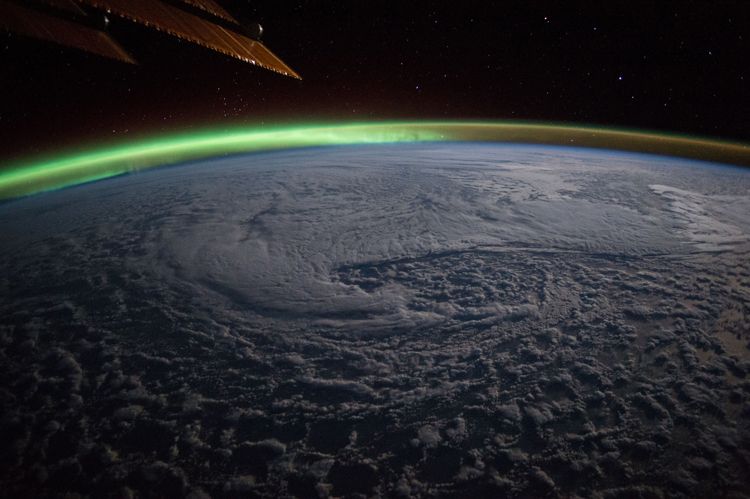
Credit: NASA
Tell us about one project of yours that has been particularly impactful in your field.
There is an altitude region (~120-200 km) in the Earth’s upper atmosphere known as the “thermospheric gap” where there are sparse observations of atmospheric tides. As a doctoral student at Virginia Tech, I developed an approach that extracts amplitudes and phases of solar (24 hr and 12 hr periods) non-migrating tides in geostationary orbit (GEO) images of daytime thermospheric temperature and composition. The estimation of these solar tides from GEO would be otherwise impossible because a full spectral decomposition of tides requires 24 hours of temporal coverage and 360 degrees of longitudinal coverage. I applied this approach to temperature and O/N2 (column density ratio of atomic oxygen to molecular nitrogen) data from the GOLD Mission to provide the first observations of non-migrating tides from an observational platform in geostationary orbit in a rarely studied altitude region. The daily, regularly scheduled observations made by GOLD between 2018-2021 make it possible to study tidal variability on seasonal, intraseasonal, and day-to-day timescales in the middle thermosphere and to compare this variability to models and tidal observations in the mesosphere/lower thermosphere and upper thermosphere.

Credit: Richard Tuminello
What is one space mission that you are particularly excited about, and why?
I am excited about NASA’s Atmospheric Waves Experiment (AWE) mission. AWE, an instrument mounted on the International Space Station (ISS) in low Earth orbit, maps airglow to characterize atmospheric gravity waves right as they are entering Earth’s space environment. AWE was installed on the ISS in November 2023 and captured its first images of the Earth’s airglow near the mesopause earlier this year. AWE is important because it will show how space weather is impacted by atmospheric gravity waves originating from the lower atmosphere through processes such as severe weather systems and airflow over mountains. Atmospheric tides, gravity waves, and waves of other scales and periodicities as well the strength of the stratospheric polar vortices and oscillations in sea water temperature and tropospheric rainfall are topics of hot study looking at the coupling of the lower atmosphere to the upper atmosphere.
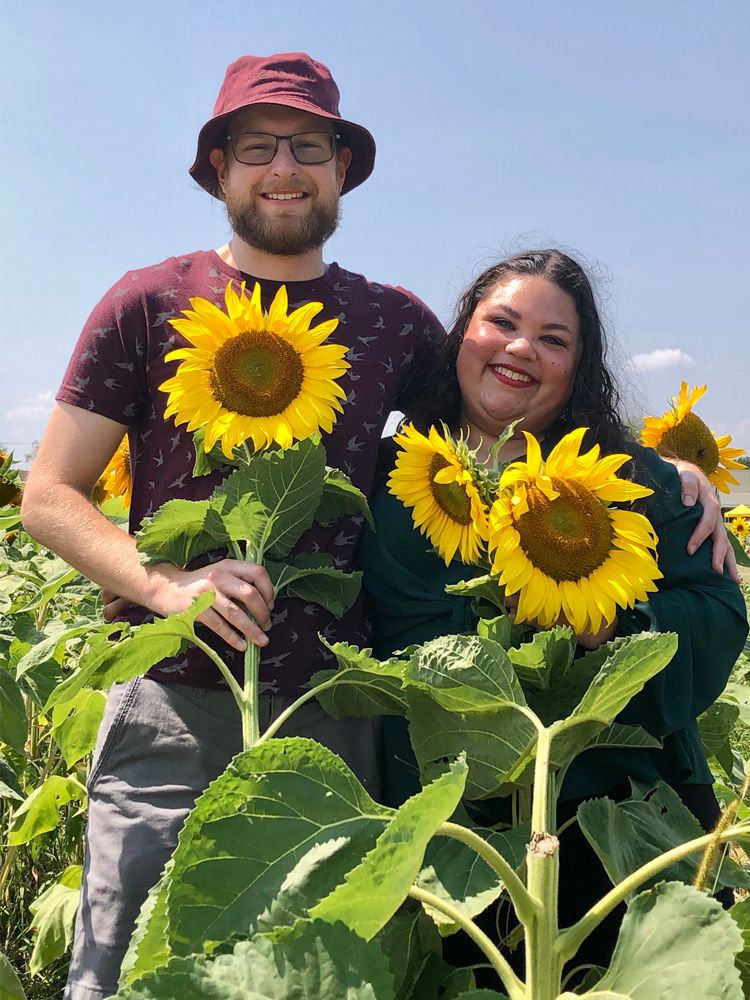
Credit: Christopher Krier
What skills are most useful to you in your work, and where did you develop those skills?
Expertise in computer programming languages is extremely useful. The analysis of scientific model output and data collected by satellites and ground-based instruments is made much easier by having these skills. As a high school student, I learned the Python programming language. The process of learning a language was empowering as it taught me useful soft skills such as critical thinking, problem solving, and organization. It also gave me the foundation for learning other languages later such as MATLAB and IDL (Interactive Data Language), a language widely used in data analysis and visualization. While one can learn about programming languages from lectures, programming skills are developed mainly by writing your own computer programs. Troubleshooting and debugging can be a time-consuming process, but it is worth it in the end after a beautiful plot is generated that communicates a science discovery.
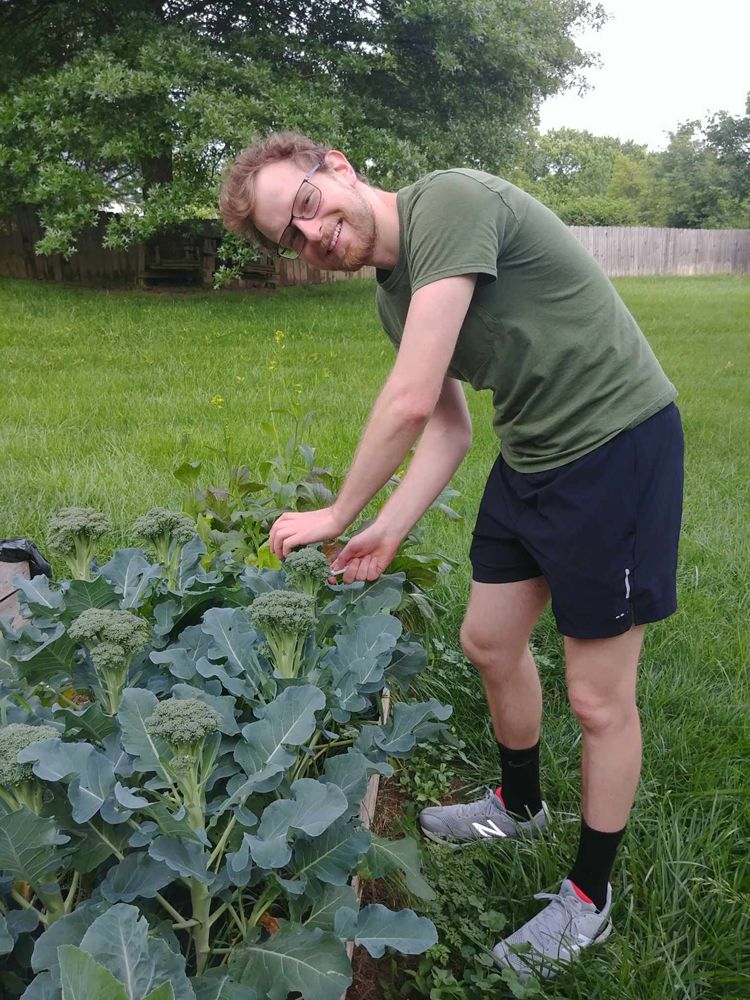
Credit: Jessica Vance
What do you like to do in your free time?
I enjoy doing activities outside during my free time. This includes running, biking, and gardening. My greatest running accomplishment is completing the 2018 Eastern Divide Ultramarathon, a scenic 50 km trail race through the highlands of southwest Virginia. A lot of time spent at home for me consists of entertaining my cat River Song (named after the Doctor Who character).
Biography
Home Town:
Seneca, South Carolina
Undergraduate Degree:
B.S. Physics, Clemson University, Clemson, South Carolina
Post-graduate Degrees:
Ph.D Aerospace Engineering, Virginia Tech, Blacksburg, Virginia
